Biological Mechanisms of Animal Adaptation to Tundra Environments
Introduction
The tundra is one of the harshest environments on Earth, characterized by extreme cold, low biodiversity, and a short growing season. Despite these challenges, a variety of animal species have evolved to survive and thrive in these conditions. This article explores the biological mechanisms that enable animal adaptation to tundra environments.


Physical Adaptations
Physical adaptations are a key aspect of survival in the tundra. These adaptations are often visible and can include changes in body size, color, and structure.
Body Size and Shape
In tundra environments, many animals exhibit Bergmann's rule, which states that individuals of a species tend to be larger in colder climates. This is because larger animals have a smaller surface area to volume ratio, reducing heat loss. For example, the Arctic fox is smaller than its relative, the red fox, but has a rounder body shape to minimize heat loss.
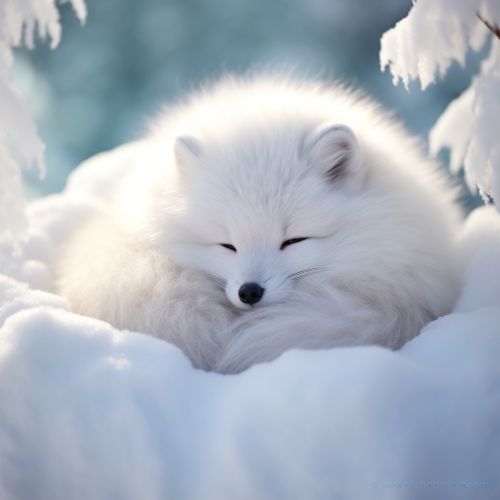
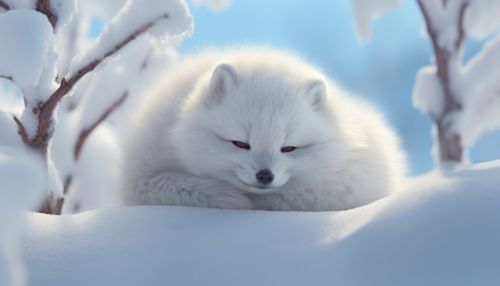
Fur and Feathers
Many tundra animals have thick layers of fur or feathers for insulation. Some, like the snowy owl, have feathers covering their entire body, including their feet. Others, like the Arctic fox, have a dense underfur that traps a layer of air, providing additional insulation.
Coloration
Coloration is another important physical adaptation. Many tundra animals are white or light-colored, allowing them to blend into the snowy landscape and avoid predators. This is seen in species such as the polar bear and the Arctic hare.

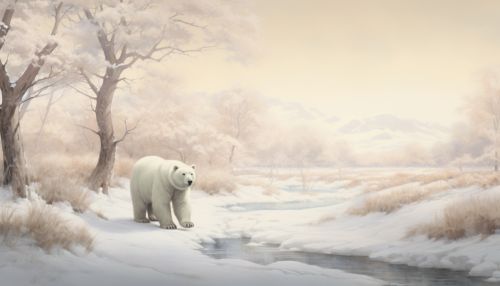
Behavioral Adaptations
Behavioral adaptations are changes in animal behavior that increase their chances of survival and reproduction in the tundra environment.
Hibernation and Torpor
Some tundra animals, like the Arctic ground squirrel, use hibernation or torpor to survive the harsh winter months. During this time, their metabolic rate slows down, reducing their need for food and protecting them from the cold.
Migration
Migration is another common behavioral adaptation. Many bird species, such as the Arctic tern, migrate thousands of miles to warmer climates during the winter.
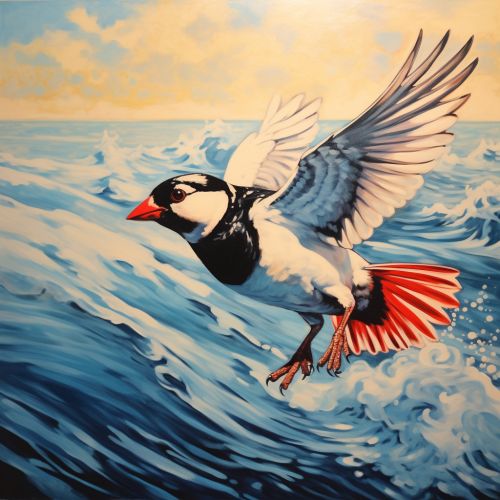
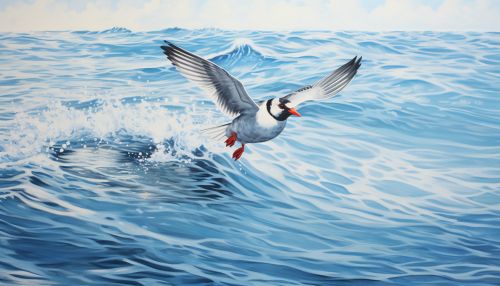
Physiological Adaptations
Physiological adaptations are changes in an animal's internal functions that enable it to survive in the tundra.
Metabolic Adaptations
Tundra animals often have metabolic adaptations that allow them to conserve energy and withstand the cold. For example, the Arctic ground squirrel can lower its body temperature to below freezing during hibernation, a process known as supercooling.
Dietary Adaptations
Dietary adaptations are also common. Many tundra animals, like the musk ox, have a specialized diet that allows them to extract nutrients from the limited plant life available.
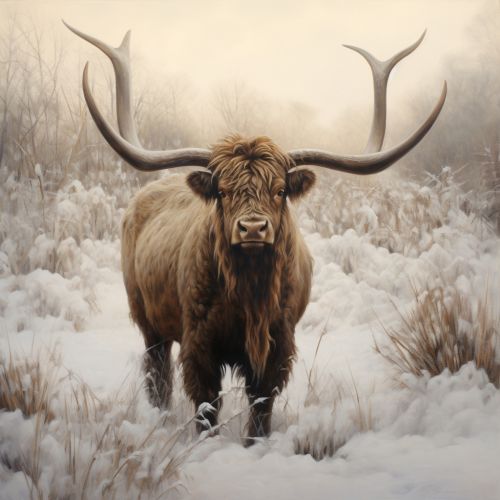
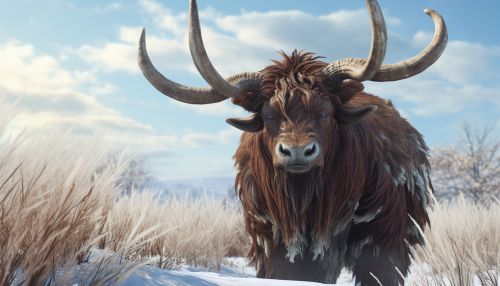
Conclusion
Despite the harsh conditions, a variety of animals have evolved to survive in the tundra through a combination of physical, behavioral, and physiological adaptations. These adaptations are a testament to the resilience and versatility of life on Earth.
